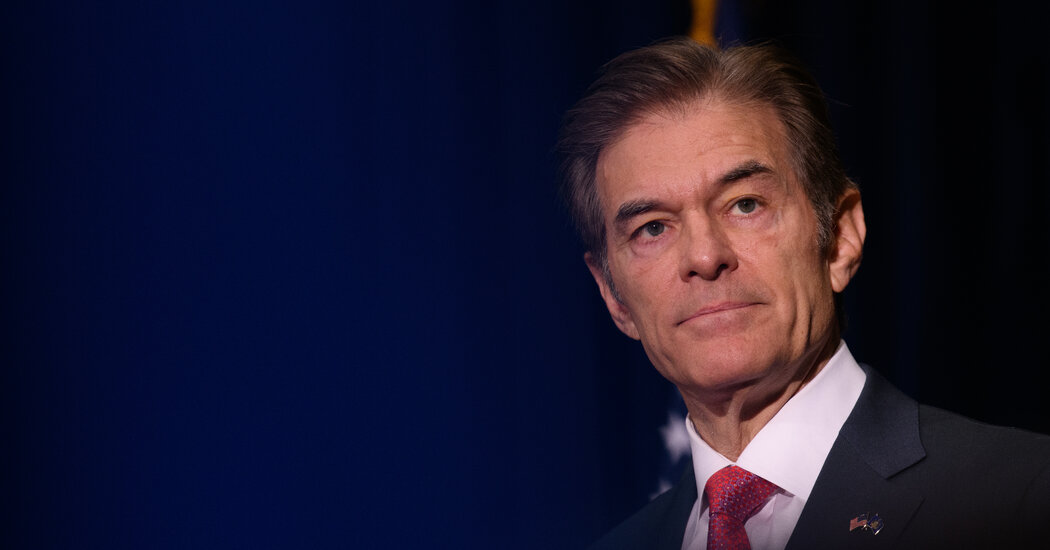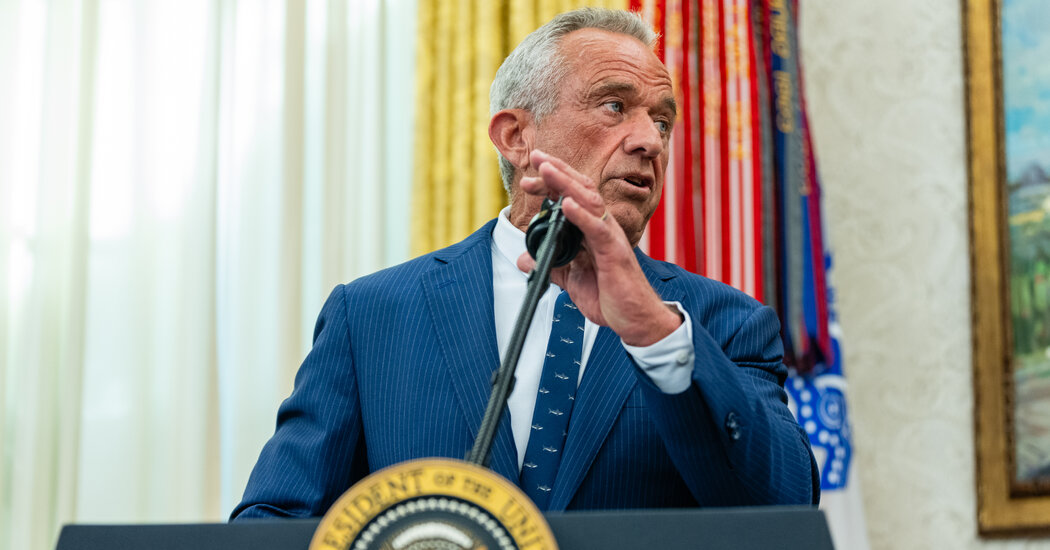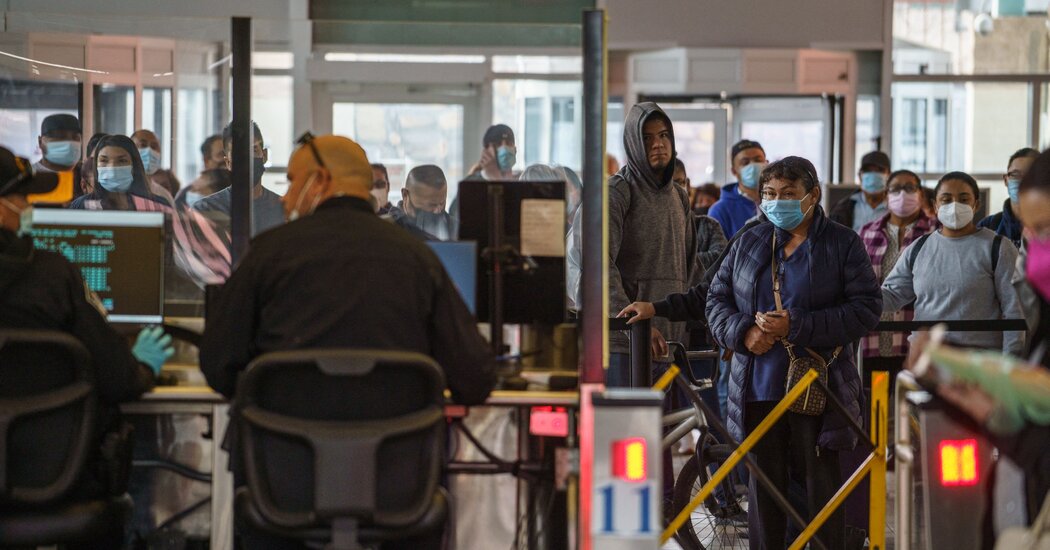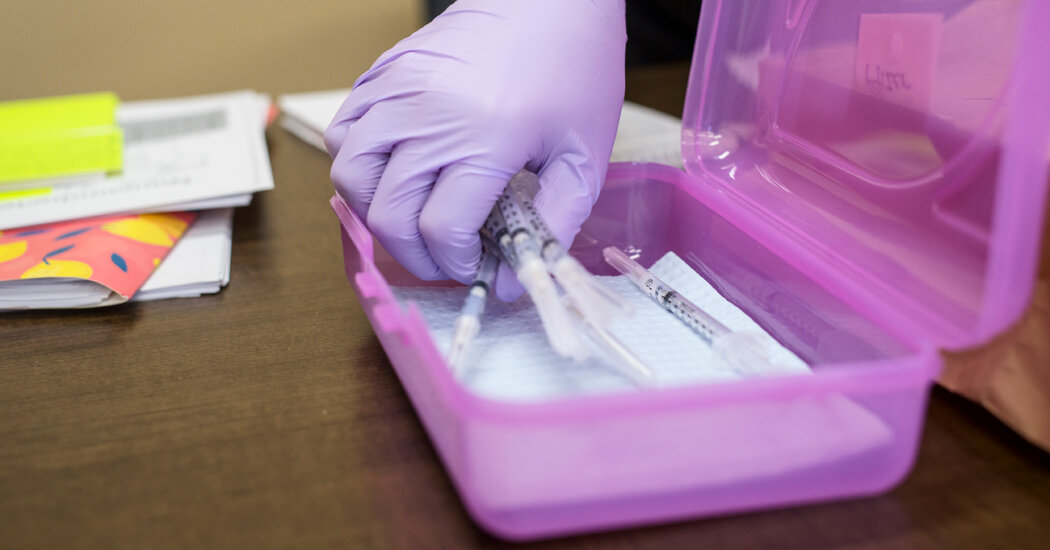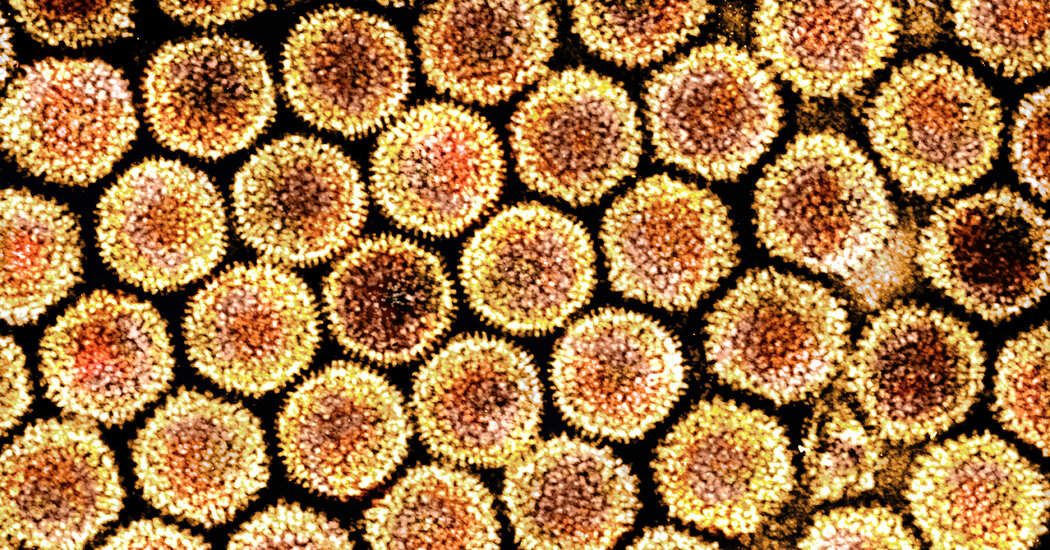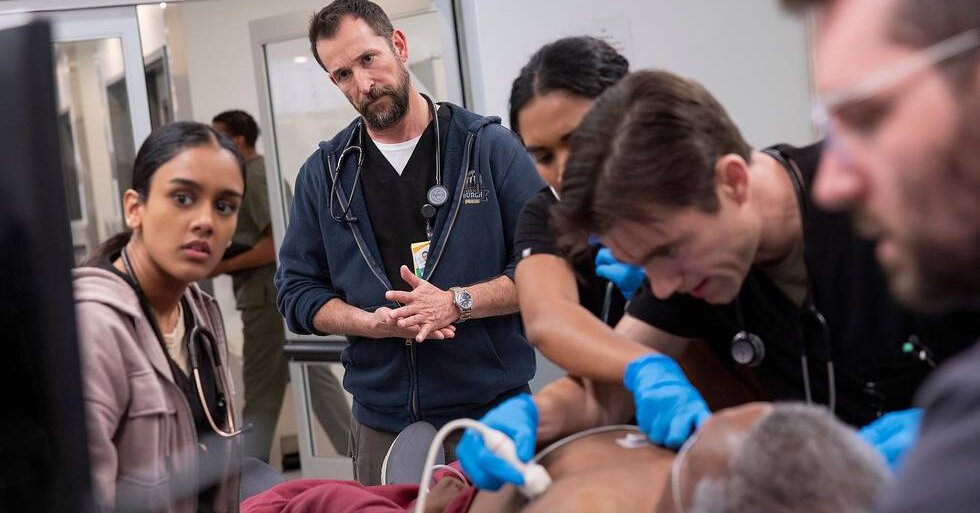Bad Therapists Are Out There. Here’s How to Handle Them.
Declarations of love, snoring, exercising and other boundary violations can really derail a therapeutic relationship.In her first session with a new therapist in San Diego, Elise, 37, immediately felt turned off. Not because of anything the therapist said, but because of the fact that she was riding a stationary bike during their conversation.Maria Danna, 35, was alarmed when her therapist in Portland, Ore., “vigorously shook a maraca at my face” in order to “pick up the energy I was giving off in session.”And Carson, who sought help from a psychiatrist in Ohio for severe postpartum depression and anxiety, felt troubled when the doctor sent her thousands of text messages and eventually revealed his sexual feelings for her.Therapy is transformative for many people, regardless of whether they have a mental illness. But what do you do if your therapist is unprofessional, inept or even abusive?Last year, The New York Times asked readers whether they had ever had a bad experience with a therapist, and we received more than 2,700 responses.Among them were examples of ethical violations, unprofessional behavior and interactions that were simply bizarre. (Some readers who shared their stories asked to be referred to only by their first names to protect their privacy.)We are having trouble retrieving the article content.Please enable JavaScript in your browser settings.Thank you for your patience while we verify access. If you are in Reader mode please exit and log into your Times account, or subscribe for all of The Times.Thank you for your patience while we verify access.Already a subscriber? Log in.Want all of The Times? Subscribe.
Read more →


